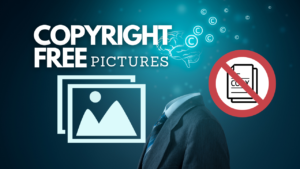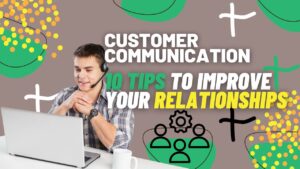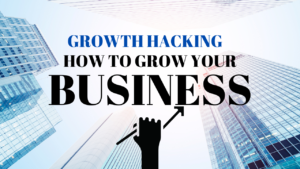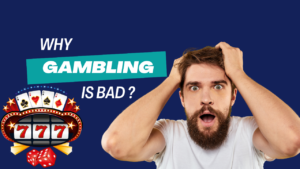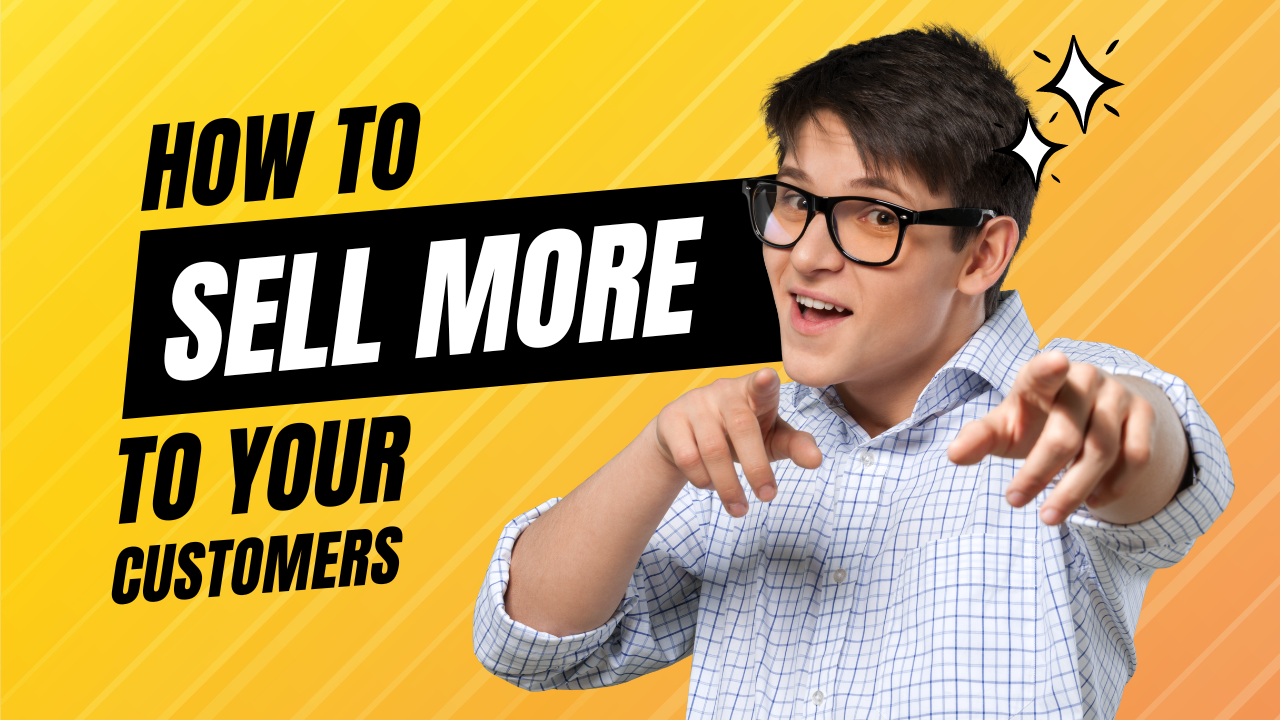
Upselling, or the art of suggesting a higher purchase, can help you increase your average order value with relatively little marketing effort.
The customers you are targeting are already interested in your brand and your products. Your goal is to offer them superior alternatives to the product they have chosen at the right time and in the right place. Well thought out, upselling can strengthen your relationships with your customers and increase your turnover.
In this article, you will discover why the practice of upselling is so important, what types of products you should offer on your online store, and how to go about providing a qualitative purchasing experience to your customers.
What is upselling?
Upselling is a technique aimed at convincing customers to purchase a more expensive, better quality, or premium version of a previously purchased product or other products in order to make a larger sale. This technique involves selling to a customer who has already purchased from your store rather than recruiting a completely new customer. In fact, existing customers are easier to approach, and the likelihood of selling to an existing customer is higher than selling to a new customer.
With a good upselling strategy, merchants can increase the average value of their orders. This is probably the biggest benefit of upselling. Indeed, suggesting more expensive items at strategic points in the customer journey can increase the final amount of shopping baskets and therefore the e-commerce conversion rate.
But upselling is not one-way, and it also improves the customer experience. By implementing a good upselling and cross-selling strategy, you can ensure that your customer chooses the product that suits them and has everything they need to use it.
What is the difference between upselling and cross selling?
Upselling and cross selling are often confused, but there is a fundamental difference between these two techniques. While upselling consists of increasing the final order amount by encouraging people to purchase a more expensive product, cross-selling consists of suggesting a product that would be added to the initial product. We could say that upselling offers an upgrade, while cross-selling offers a completely new purchase.
Let’s imagine that a customer wants to buy a 250 g package of ground coffee.
After selecting a package, the customer is immediately offered several options for 500 g and 1 kg packages. In this case, the merchant is trying to get the customer to buy a larger (and more expensive) pack of coffee. Concretely, the merchant wants to convince the customer to spend more for the same product or type of product that they are looking for.
Then, this customer selects the 500 g package, goes to the next screen, and sees an offer to add a chocolate bar to their basket. Offering a chocolate bar as an addition is consistent, given that there is a link with the product initially sought by the customer. In this case, we can talk about cross-selling.
Tip : One of the ways to incite customers to get an additional product upon his purchase at a discounted price is by adding a kind of scarcity, a great example from Scrowp Shopify Theme, where merchants can enable a countdown timer to the upsell/cross-sell modal.

Upselling: before or after the purchase?
Upselling can occur before or after (and even during) a purchase. Typically, pre-purchase upsells occur before checkout. Buyers see relevant upgrade suggestions for their product on the product page or shopping cart page when they have selected their item and are about to place an order.
Upselling before purchase works particularly well, but be aware that this technique can also take place after the customer has concluded a transaction, between the payment page and the thank you page. These thank you or order confirmation pages are ideal for showing customers how to get the most out of their latest purchase.
What are the advantages of upselling after the purchase?
Upselling after purchase offers a number of advantages.
- No effect on initial purchase. Post-purchase upsells offer buyers the opportunity to add an item to their order without the risk of canceling their original order. The initial purchase funnel that led to the first sale is therefore not disrupted.
- Increase in average order value. Upselling after purchase maximizes the average order value. This technique is more effective than other upselling techniques because it suggests a spontaneous purchase.
- Increase in conversion rate. One-click post-purchase upselling increases your conversion rate because customers don’t need to re-enter their banking information.
The challenges of upselling after purchase
On the other hand, post-purchase upselling has some challenges.
- Relevance. If you don’t personalize your promotion, you can sow doubt among your customers and dissuade them from making a new purchase.
- Customer fatigue. If you constantly make purchasing suggestions to your customers, on every page, you risk simply harming their perception of your brand and may even lower your conversions.
Upselling after the purchase: in practice
We have mentioned several times the importance of choosing the right approach for your upselling strategy. But concretely, what does this mean? How to upsell in a way that’s relevant to your customers and profitable for you?
- Offer discounts. Offer discount coupons that your customers can use on their next purchase. Then show them the products their discount applies to.
- Offer products. If a customer buys the product you suggest, add a gift to their order. This is an additional incentive, because customers will get even more for their money.
- Offer samples. Handing out small samples of a product can lead to larger orders later. Offer free samples with every upsell to drive conversions and give visibility to other products in your catalog.
Some additional tips on upselling
Personalize your offers
Upsells work when they are highly relevant and well-targeted to what your customers are buying. Upselling should improve the purchasing experience for your customer, not sow doubt or annoy them. If you offer a relevant product, your customers will want to come back to your online store. In other words, it will increase their loyalty. And that’s not all, personalization can also increase the average value of orders placed on your site.
Consider the price
When choosing an item for an upsell or cross-sell, avoid products that increase the value of the customer’s cart by more than 25%. For example, if the visitor views a product that costs €100, the products you offer for cross-selling or upselling should not cost more than €25.
Analyze your data to choose the products to highlight
You may have great intuition, but you probably also have data that can help you make better decisions about your business. This is especially true when we’re talking about choosing which products to highlight for an upsell. Use your data and sales history to analyze your customers’ purchasing behavior and choose the right product. If you see a pattern of combining two products in your orders, you know there is an opportunity for upselling.
Use email marketing to stay in touch
Email marketing is an effective tool for retaining customers. It allows you to share relevant content, promote products and campaigns, and more generally stay top of mind with customers. You can therefore retain your customers and bring them back to your store by sending them newsletters and targeted discounts.
Create your upselling strategy today
There are many ways to use upselling and cross-selling to improve the customer shopping experience while increasing your average order value.
The Shopify App Store is full of applications that can help you upsell or cross-sell to your customers, such as Smart Search, ReConvert: upsell after purchase or Ultimate Special Offers.
For you, the primary benefit of upselling is probably increasing your sales and the average value of your orders. However, you should always consider customer experience when creating upsell offers. So think carefully about which products are most relevant to each customer and carefully choose the ideal moment in the customer journey to display them. Only this way will you ensure a profitable and positive upselling experience.


